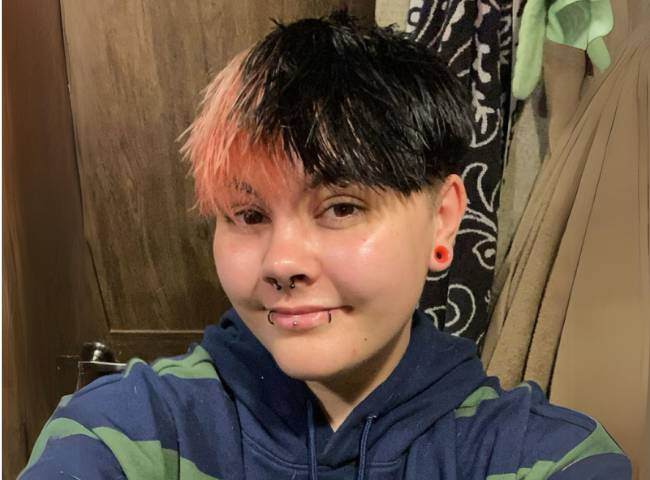Meet Milo

Milo's story
HRT Access Fund recipient
Milo (he/him) is a 20-year-old disabled trans man who has faced challenges with acceptance throughout his life. Living in a town where both his queerness and disabilities have made finding work difficult, Milo has struggled to make ends meet and afford gender-affirming care like HRT and other necessities to alleviate his dysphoria.
Milo has a deep love for animals and dedicates part of his day to feeding local stray animals and finding them homes. One of those animals, a puppy named Sparky who was abandoned, has become Milo’s best friend.
Milo takes pride in helping others and is excited about the opportunity to finally live comfortably in his own skin. "I’m looking forward to the physical changes and being able to sound like the man I am," Milo shares, filled with hope for the future. He’s ready to embrace life as his authentic self.
Milo's timeline
-
Award Granted
September 3, 2024
Milo was awarded a grant toward HRT/GaHT!
-
HRT Onboarding Date
September 21, 2024
Milo was seen by their HRT/GaHT provider.
About Testosterone+
On average, it costs $1,200+/year for Milo's care.
- What is it?
- Accessibility
- After care
What is it?
Testosterone+ refers to the gender-affirming hormone replacement therapy (HRT) methods that some trans men, trans masc, and non-binary people take that result in physical changes which align with their gender identity. Every person's preferences and personal healthcare needs vary, so this can include oral medications, injections, and transdermal patches.
How accessible is it for trans folks to receive this care?
For trans folks who live in states most impacted by anti-trans healthcare legislation, it can be extremely difficult to find a knowledgeable, trans-affirming provider as well as access prescription medication. Many insurance plans do not cover HRT. For trans folks without insurance coverage, the ongoing out-of-pocket expense can be challenging.
What is the impact of this care on the recipient’s life?
Testosterone+ introduces a wide range of masculinizing physical, emotional, and psychological changes that align with their gender identity. This often leads to a more positive emotional well-being, increased confidence, increased safety when in public, and better opportunities at employment and more.
Your support funds healthcare that's
life-changing. Life-saving. Life-giving.